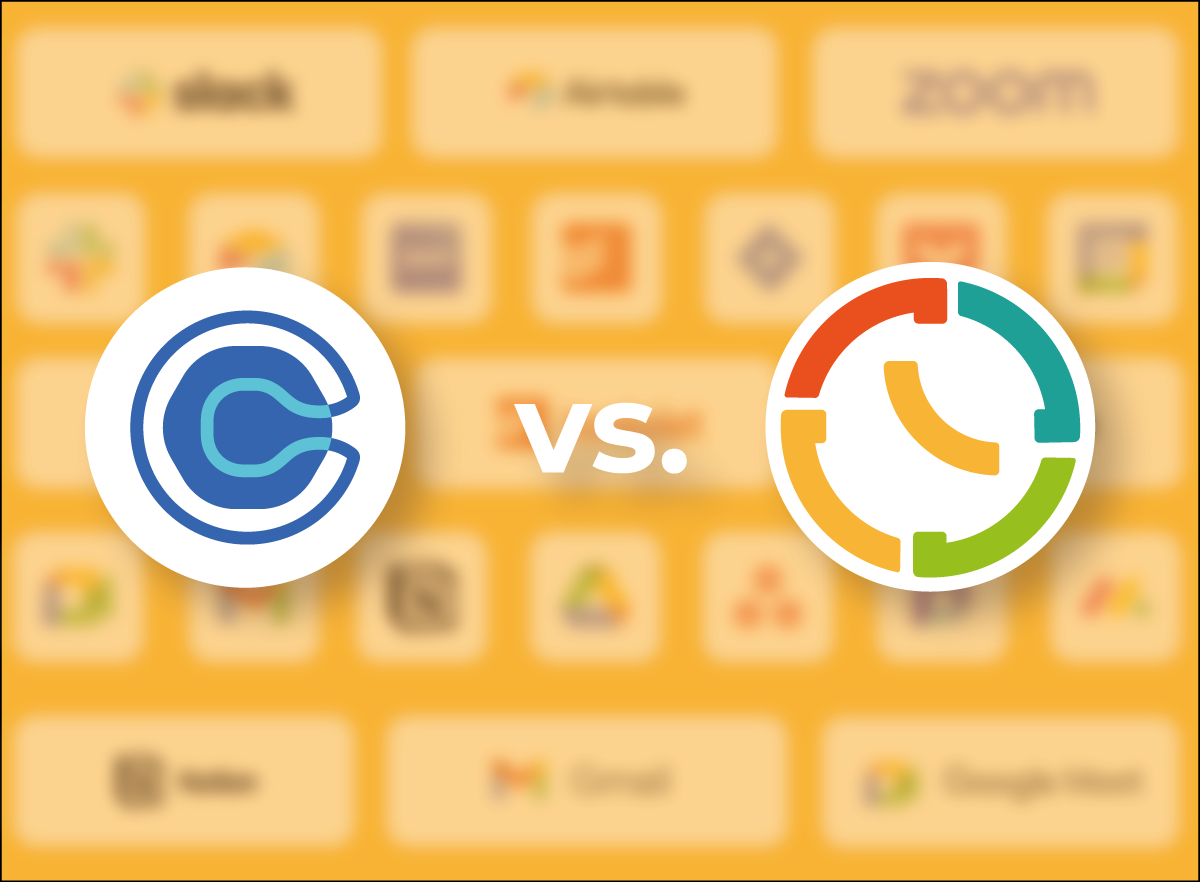In a world where meetings, consultations, and client appointments often set the pace of our workday, a good online booking system is more than a convenience – it’s a productivity booster. Two names frequently come up: Calendly and TuCalendi.
Both tools share the same goal: to make scheduling easier. But their approach differs in several key aspects – and these differences might be the deciding factor for you.
1. Location & data protection – the underrated factor
Calendly is a US-based company headquartered in Atlanta. That means that, even if EU servers are available, the company is still subject to US law, and data may be transferred to the US. Since the Schrems II ruling, this has been a sensitive issue for many European businesses.
TuCalendi as a GDPR-compliant alternative to Calendly, on the other hand is a alternative and is based in Spain, hosts its servers in Germany and Spain, and is fully GDPR-compliant. This is not only a legal advantage but also provides peace of mind – especially in trust-driven industries like healthcare, law, and education.
2. Ease of use & languages – work globally, seamlessly
Both platforms offer a modern, user-friendly interface.
The difference: Calendly is primarily English-focused, with partial translations that are sometimes incomplete.
TuCalendi as calendly alternative is fully multilingual (including English, German, French, Spanish, Italian, Portuguese), making it easier to connect with international clients in their native language – without workarounds.
3. Customization – your brand, your rules
When it comes to corporate branding, the differences become clearer:
- Calendly offers customization, but many options are locked behind higher-priced plans.
- TuCalendi allows you to use your own logo, colors, fonts, and even custom domains/subdomains – already in more affordable plans.
Result: Your booking page looks like a natural extension of your brand, not just another third-party tool.
4. Integrations & payments – think local, act global
Both platforms integrate with Google Calendar, Outlook, or Zoom. However, payment processing shows a distinct difference:
- Calendly supports Stripe & PayPal but with some limitations for certain EU currencies.
- TuCalendi supports Stripe & PayPal without restrictions – including currencies like CHF, SEK, or MXN, making it particularly attractive for international service providers within the EU.
5. Support – quick response vs. ticket queues
Perhaps the most subjective but often crucial difference: customer support.
- Calendly relies heavily on email tickets and help center articles.
- TuCalendi offers multilingual, human support, often responding within minutes – no AI filters, no long waits.
6. Value for money – more than just the monthly fee
If you compare only the base monthly price, the difference may seem small.
But when factoring in features, customization, and integrations, TuCalendi often offers more value for the same or lower price – especially for teams.
Conclusion – which tool should you choose?
Choose Calendly if data protection isn’t a major concern for you, you focus mainly on the US market, and an English-first interface is fine.
Choose TuCalendi if you value European data protection standards, strong customization, multilingual client experiences, and fast, direct support.
In today’s world, where trust, speed, and flexibility matter more than ever, trying a tool that fits your market and values can make all the difference.
Tip: TuCalendi offers a free trial – perfect to test if it fits your workflow without changing your current setup.

